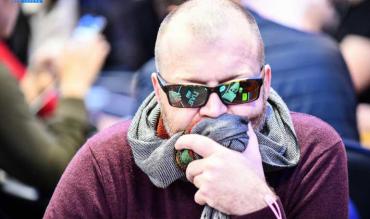Bluffing is cool. There are no two ways about it. Running a huge triple barrel is a bizarre cocktail of nerve-wracking tension and hair raising excitement. Sure, it’s tense.
But nothing can replicate the nervous nausea and adrenaline rush experienced while your opponent's deep in the tank.
- Your heart races, and your stomach turns.
- You wait, externally poker-faced but cringing internally.
- You watch as your nemesis’ hand wanders from their cards to their chips and then back again.
It’s a roller coaster that will end in either joy or heartache. And it’s one of the most beautiful things about poker.
It makes you feel alive.
That is unless they have the nuts, of course, in which case, bluffing sucks!
As satisfying as bluffing is, though, it’s way more critical to poker than people give it credit. While it's true that the game could work without it, it wouldn’t be the same game we know today. It simply couldn’t be.
No bluffing means –
- No hero calls
- No polarising
- No merging
- No drama
- No anguish
- No way to express yourself
Poker would become a game centred around effective value betting and disciplined folding. It’s undeniable that these are vital poker skills already. But they’re the awkward, annoying, and painful stuff everyone hates.
There'd be no thrill and no 'what if' without bluffing. No fear of being called undesirable names and having 6-high waved in your face as you muck the winner. There’d be no drama outside of coolers and value owning yourself.
Poker would become a monotonous game of stress and pain, and who outside of a lunatic asylum would sign up for that?
- Step 1: Address Why You Want to Bluff
- Step 2: Is It Necessary?
- Step 3: Who Does the Board Favour?
- Step 4: Does the Bluff Make Sense?
- Step 5: Chose the Correct Sizing
What Is Bluffing?
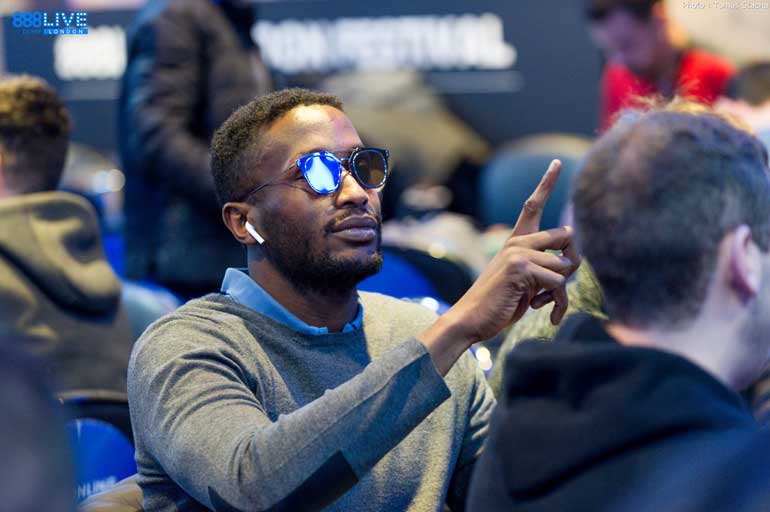
Bluffing is the act of committing chips to a pot, with little or no equity. You hope that your opponent folds a better hand so that you can scoop the pot. Usually, this is via a bet, but you can call as a bluff, too, intending to pretend you have a hand later.
Like most things, bluffing seems pretty simple on paper. But it’s a feat that is far more easily said than done in practice.
So, without any further ado, here’s a step-by-step guide to help you pull the trigger more effectively.
Step 1: Address Why You Want to Bluff
The first thing you need to consider when deciding whether or not to bluff is your reason for doing so. This thought might seem obvious, but there’s a lot of emotion and ego in poker. These feelings can adversely impact people’s decisions.
Self-control plays a significant role in poker. So many super-talented players struggle to stay afloat due to poor discipline, resulting in terrible lifestyle decisions. Or they play so awfully 2% of the time that they negate the brilliance showed during the other 98%.
Self-control is the biggest obstacle a poker player must overcome. Most are self-governed, wild mavericks with the freedom to answer to nobody but themselves. So, it can be hard to maintain control without an active enforcer.
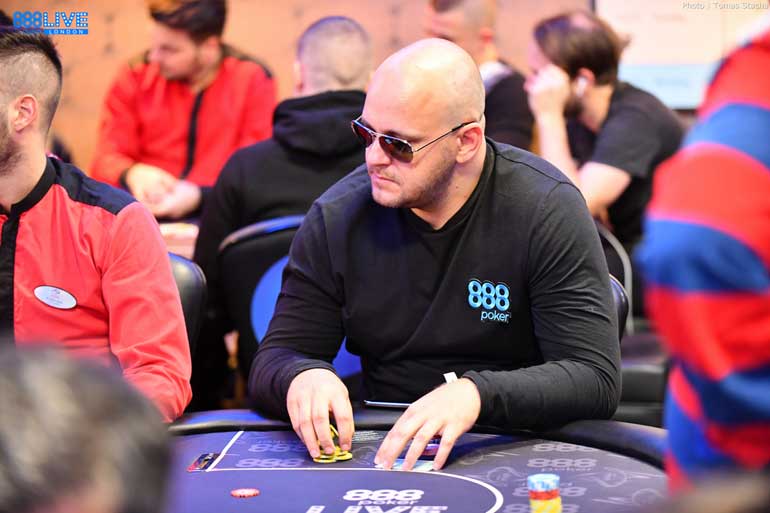
Even with the most incredible poker skills in the world, you’re doomed without solid self-control. This factor is especially true when it comes to bluffing, as you’re committing your chips with little to no equity.
- Bluffing is as high risk and potentially devastating an operation as there is.
Just a handful of big, badly justified bluffs can be enough to ruin a week’s progress completely. So, it’s essential to be objective and honest about why you want to bluff before pulling the trigger.
Since we’re all only human, this is often far more easily said than done. Our ego and emotions are powerful. These two factors often result in us looking for justification for what we want to do instead of what we should.
Things can get personal at the tables too. So, it’s crucial to make sure you’re choosing the right person to bluff and for the right reasons.
- It’s good to stop and take a breath before firing any big bluff.
- Take a couple of seconds to reflect.
- Make sure you’re confident that you’re thinking clearly
- Don’t let a tinge of tilt creep in and cloud your judgment.
If you still want to bluff? Cool, but ask yourself the following two questions –
- Am I cutting out a river check-raise because it makes sense strategically?
- Am I annoyed I bricked another huge combo draw?
Unfortunately, ‘I’m bluffing because … screw this guy!’ isn’t a valid excuse.
It’s worth remembering that since you don’t get a lot of time when playing online, it easier to let impulse affect your decisions. So, it’s a good idea to find innovative ways to maximise the vital seconds you do have.
A good tip is to utilise the time your opponent spends taking their turn. Let the clock tick down a little further when the action is on you.
Use this time to consider your next play.
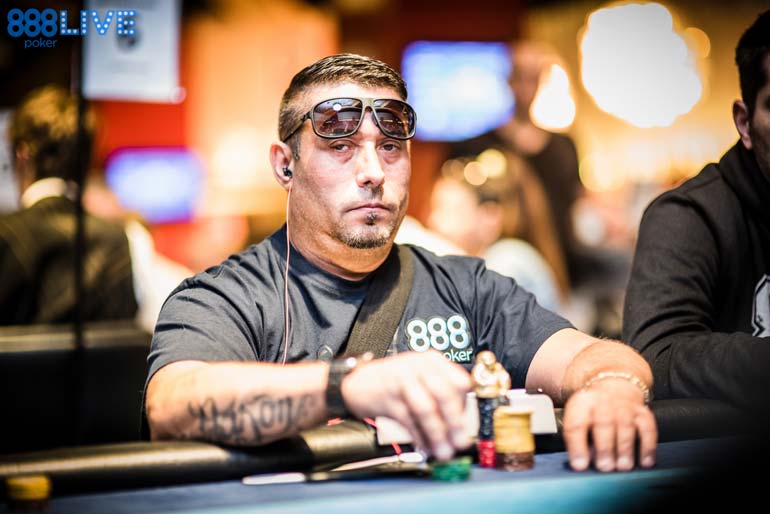
Stalling for no reason is unethical but slowing down to maintain your calm isn't. It's a good habit to build. And it’s far more helpful than flicking through music, checking social media, or petting your cat, and no, that’s not a euphemism!
Step 2: Is It Necessary?
When you’re confident that you’re calm and not tilted, the next step is to decide whether bluffing is necessary. This process requires a good understanding of relative hand strength. It’s all a matter of weighing your showdown value against your opponent’s range.
Again, this sounds pretty straightforward, but let‘s elaborate:
Relative Hand Strength
- If your hand is stronger than the range of hands you think your opponent will call with, then you’re value-betting. (You expect to win most of the times that you’re called)
- If your opponent is only going to call you with better hands, then you’re bluffing.
This reasoning seems like common sense. But notice that this is based on how strong your hand is relative to your opponent’s calling range and not their entire range. Many people forget this. It’s not uncommon to see weaker players overplaying their hands and bluffing unnecessarily.
- They choose situations when they have some reasonable showdown value against their opponent's entire range.
- But they fail to realise that their opponent is unlikely to call them with worse often enough.
Let’s say you have AsTs on a board of 3h7h8s2c2. Your opponent checks after defending their BB preflop and check-calling flop and turn bets.
Since they have lots of better hands than you in their range, you may feel compelled to bet here. You may attempt to make them fold some pocket pairs or 7x or 8x hands (which probably won’t happen, by the way).
But in reality, checking usually makes more sense due to the following -
- Your AT has a lot of solid showdown value in this spot. Your opponent has lots of hands that you can beat, such as draws and other high-card hands. Checking enables you to realise all of this.
- The hands you beat are unlikely to call a bet (such as draws and other Ace or high hands that had ‘plans’ for later streets but gave up).
- Your opponent has many calling hands.
While your opponent may fold to a bluff, they’re probably going to do so with a similar range you would beat by checking anyway.
So, bluffing doesn’t achieve anything other than increasing your risk.
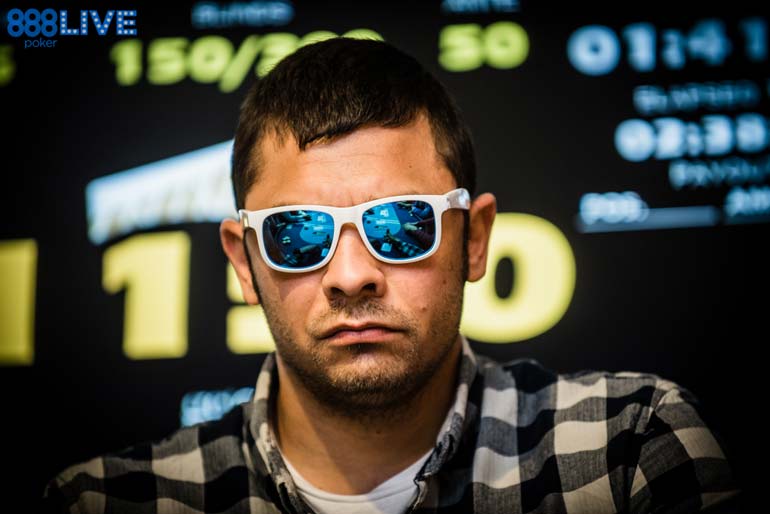
Before you pull the trigger, take a moment to consider your relative hand strength and showdown value. As a general rule of thumb, it’s better to bluff with hands that can’t win at showdown. Oh, and if you decide to check back and lose, that doesn’t necessarily mean you made a mistake. You’re not supposed to win every showdown.
If you’re unlikely to have the best hand and still want to bluff, take a look at the next Step 3.
Step 3: Who Does the Board Favour?
Now you know you need to bluff to win. It becomes a question of whether the board is more favourable to your range or your opponents’. The rule is pretty simple –
- If the runout is good for you, you should be more likely to bluff.
- If it isn’t, it’s time to take a chill pill and think about giving up.
Here’s an example to clarify this further -
Let’s say you opened small from MP preflop. You’ve never seen the player in the big blind before. You’re unable to make any playing style assumptions based on how they appear.
They call, and you go heads-up to a flop of 8h3c6s. You miss and fire a standard-sized continuation bet. (Your hand’s irrelevant here because we’re just looking at board texture.
Your opponent calls and the turn is an ace.
As you might expect, this is a pretty good card to bluff. It’s a better card for your range. You should have a higher percentage of AX hands in your preflop opening-raise range than your opponent’s calling range. (It’s likely they have a wide defending range when facing a small preflop raise. This fact reduces the weighting of Ax hands they could have.)
They would have probably 3bet at least AA, AK and AQ for value (along with some weak AX hands as bluffs). So, their preflop call reduces their Ax combinations further.
It’s not uncommon to cbet more than typically heads-up. Also, you will connect with the ace very often here, which gives your turn bluff some credibility. This turn card is a better card for you than your opponent. So, it makes sense to bluff here.
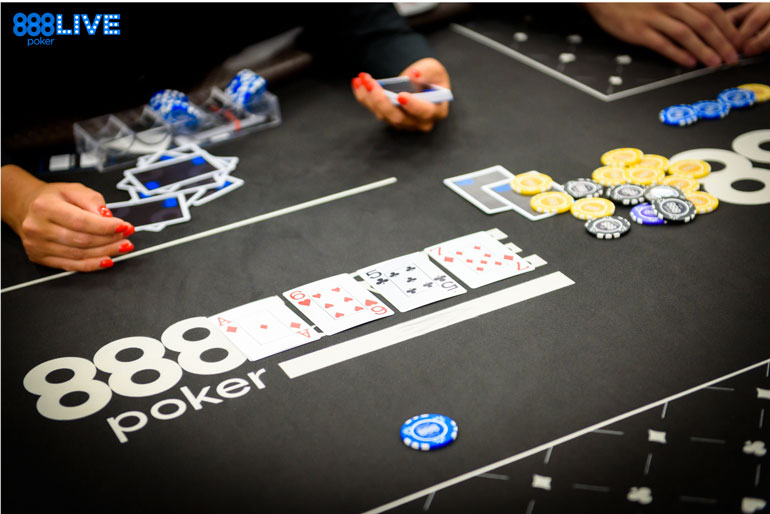
As a general rule of thumb, high overcards not connecting with the hands your opponent will check-call the flop are typically good cards to bluff.
Similarly, you should probably consider slowing down more often on turns like a 3, 4, 5, 6, 7, 8, 9 and 10. These cards are likely to improve your opponent or give them a great opportunity to re-bluff.
With that said, if you like the runout and still want to go for it, take a look at Step 4.
Step 4: Does the Bluff Make Sense?
Next, you need to consider whether or not your bluff would make sense. This step has a lot in common with number 4. You will need to factor in the board texture and players’ ranges.
In the hand we looked at above, for example, say you were the player in the big blind and decided to donk-lead into your opponent on the Ax turn. It wouldn’t make much sense as a bluff as your opponent is likely to bet this card a lot.
So, you’d probably want to give them a chance to bluff when you have a value hand, especially against an unknown opponent.
Remember, a good bluff is like a great story, which means it needs a solid plot and execution.
It doesn’t need to be a best-seller. But, if something doesn’t make sense, your opponents are unlikely to buy it, and you will to get called!
Step 5: Chose the Correct Sizing
Once you’ve decided to bluff, it’s time to consider your sizing. Bet sizing is an art at the best of times. But you have to be especially careful when bluffing. It’s very easy to set money alight, with you losing every chip you commit at showdown.
Remember, the beauty of NLHE comes from the freedom we are allowed with bet sizing. And there usually isn’t a single ‘right sizing’ anyway. Even the GTO poker solvers use mixed bet sizing strategies.
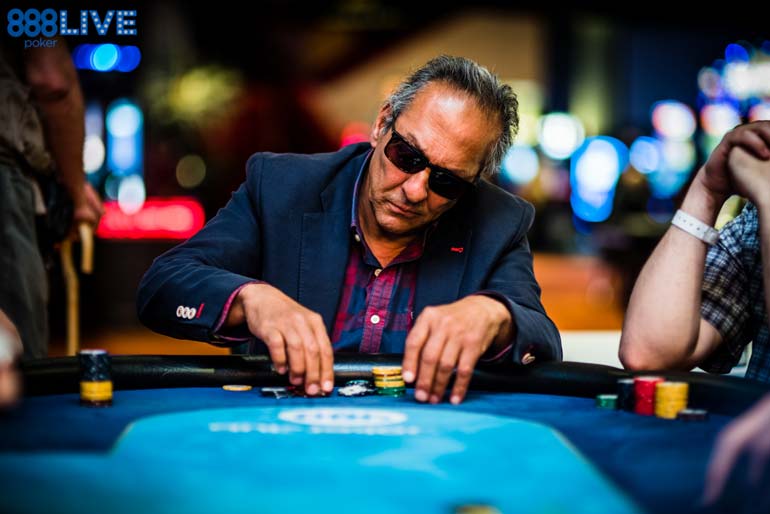
That fact doesn’t give you free rein. One of the biggest mistakes people make when bluffing is going too big to maximise the pressure on your opponents. But this play isn’t always solid logic. While it’s true that your opponent is likely to fold to bigger bets more often, the key is finding a balance.
Betting 2x pot is prone to get you more folds than betting half-pot, but it needs to work four times as often to be as profitable.
The profitability of a bluff is linked to the following three main factors –
- The pot size
- How meaty your bet is
- The probability that your opponent calls
Remember, when bluffing, you’re going to lose when you’re called. So, it’s essential to make sure that you’re risking the minimum needed to achieve your goal. You can be flexible with your sizing, but it needs to be believable and effective.
Bet sizing is an art. So, take your time and give it real consideration before you throw any chips across the line.
Follow these steps, and you should see yourself blowing up far less often at the tables. Oh, and if you struggled with any of the terminologies or would like more tips on how to improve your bluffing, you can find out more here.
Good luck, and happy bluffing!
